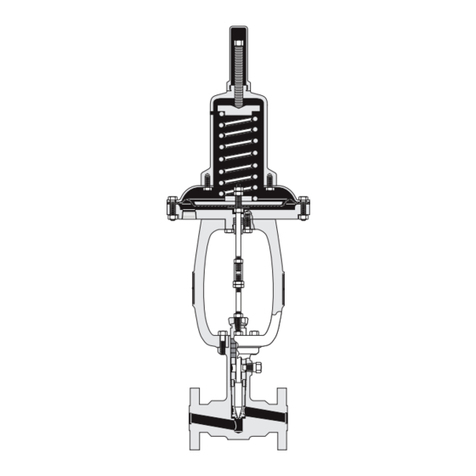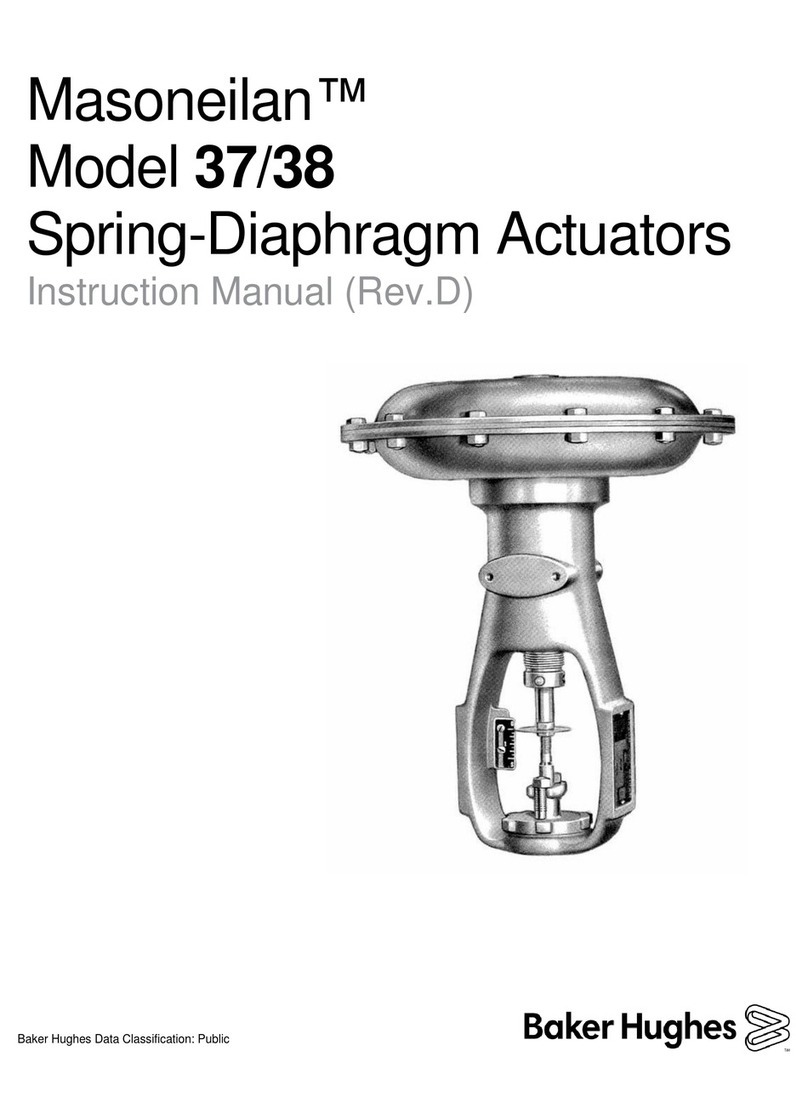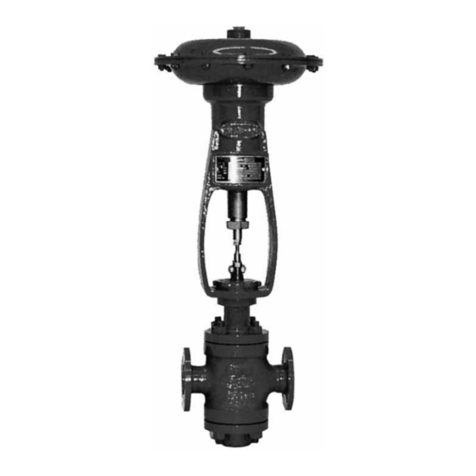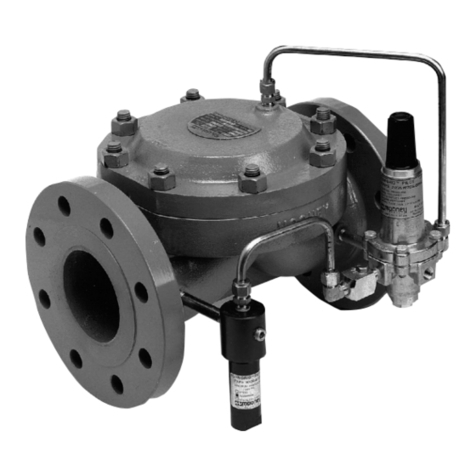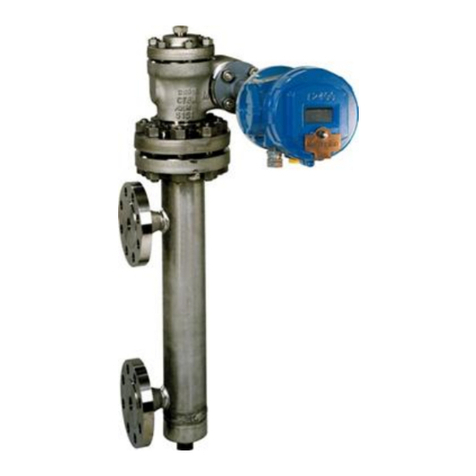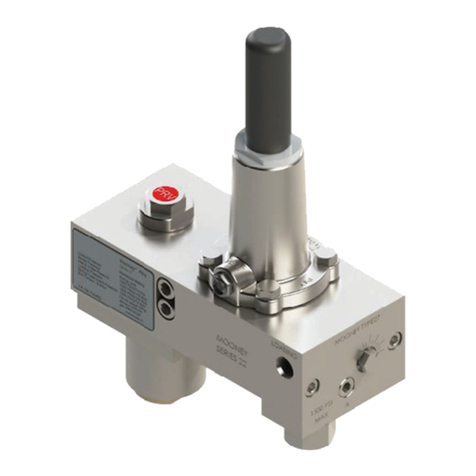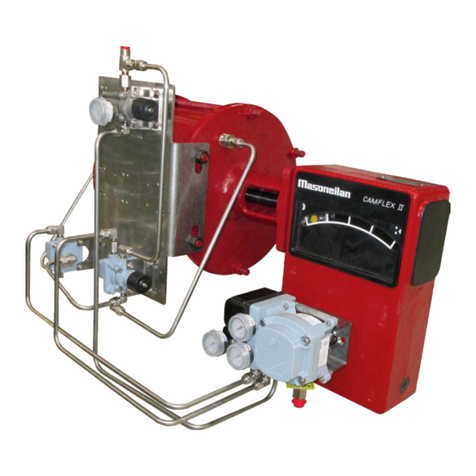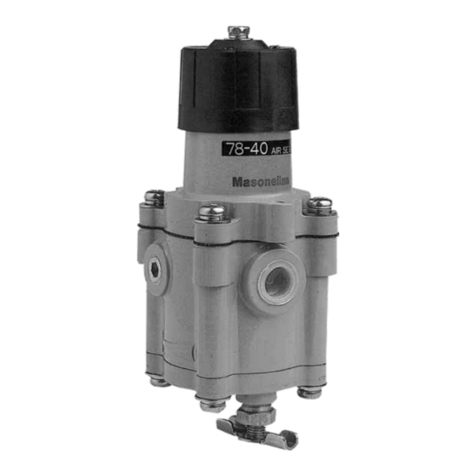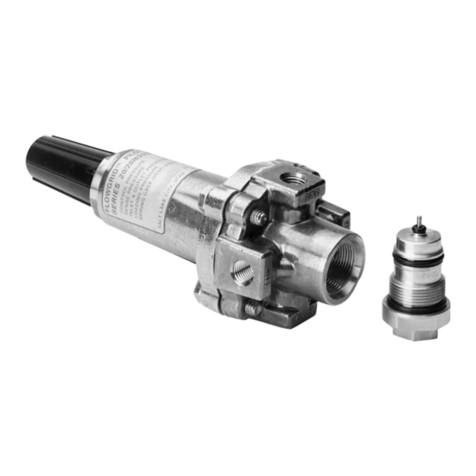
© 2018 Baker Hughes, a GE company, LLC. All rights reserved.
6 | =BHGE
Installation ...........................................................................................................................22
Physical Location and Placement Guidelines .............................................23
SVI II ESD Components ..........................................................................................24
Mounting the SVI II ESD on Rotary Valves .....................................................25
Travel Sensor Alignment .......................................................................................27
Mounting the SVI II ESD with NAMUR Kits .....................................................28
Mounting the SVI II ESD on Reciprocating Valves .....................................30
Checking the Magnet .............................................................................................33
Using ValVue* ESD to Check Magnet Position ............................................33
Checking Actuator, Linkages, or Rotary Adapter ......................................34
Connecting the Tubing and Air Supply ...........................................................35
Wiring the SVI II ESD ................................................................................................40
Powering Up the SVI II ESD ..................................................................................44
Making Connections to the Terminal Board ................................................51
SVI II ESD Maintenance ..................................................................................................52
Repair and Replacement ......................................................................................52
Factory Notification .................................................................................................52
Display Cover Removal and Installation ........................................................53
Setup, Calibration and PST ...................................................................................................55
Overview ...............................................................................................................................55
SVI II ESD Setup ..................................................................................................................55
Pushbuttons and Local Display .........................................................................55
Accessing Pushbuttons .........................................................................................57
Pushbutton Locks and Configuration-Lock Jumper ................................58
Modes of Operation .................................................................................................59
Configuration .............................................................................................................62
Calibration........................................................................................................................... 66
Check-out with a HART® Handheld Communicator ...............................67
Diagnostics ..........................................................................................................................69
Partial Stroke Test Diagnostics ..........................................................................69
Partial Stroke Testing ......................................................................................................70
PST Configuration .....................................................................................................70
Starting PST .................................................................................................................71
Specifications and References ...........................................................................................73
Physical and Operational Specifications ...............................................................73
Hazardous Location Installation ...............................................................................78
